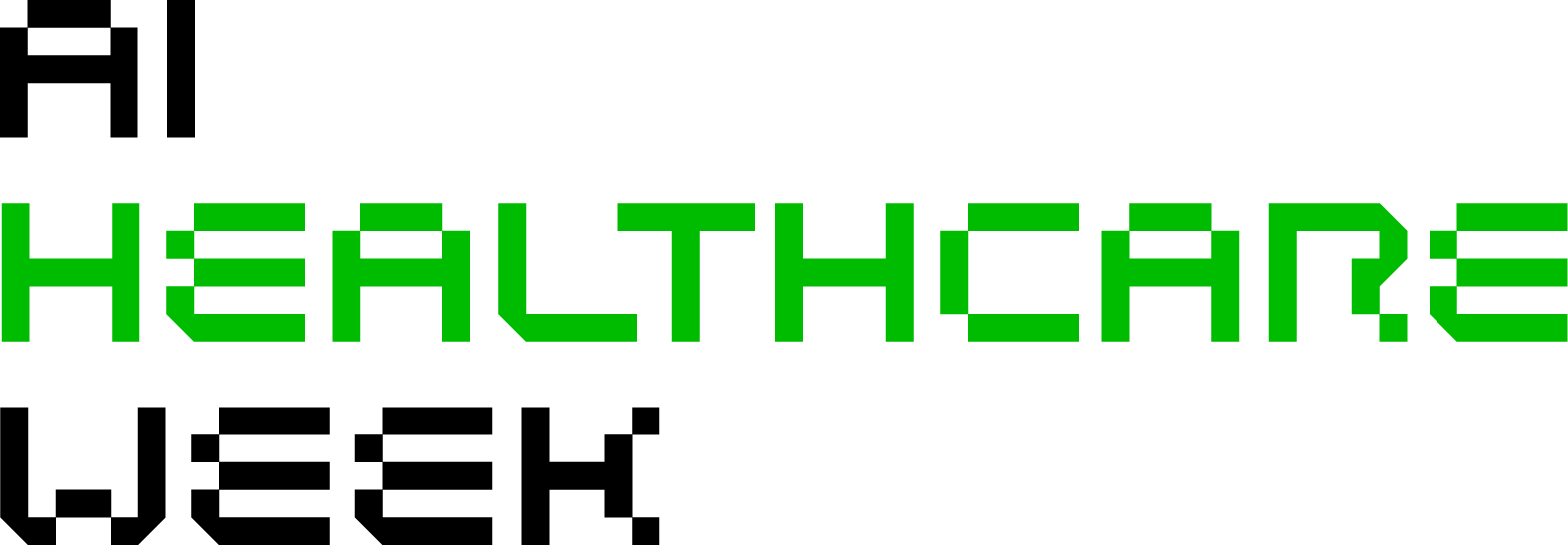In the ever-evolving landscape of healthcare, Artificial Intelligence (AI) has made substantial strides, particularly in enhancing diagnostic accuracy. One of the most promising advancements in AI healthcare is multimodal AI, a groundbreaking approach that integrates text, imaging, and lab data into cohesive models for more precise diagnoses. The use of fusion models—systems designed to combine multiple modalities of data—has shown tremendous potential in transforming how medical professionals assess, diagnose, and treat patients.
The Need for Multimodal AI in Healthcare
Traditionally, healthcare systems have relied on separate data streams—textual information from patient records, medical imaging like X-rays and MRIs, and lab results such as blood tests. While each of these data types provides valuable insights, they often exist in isolation, making it difficult to form a holistic understanding of a patient’s condition. This fragmentation can lead to diagnostic errors, missed conditions, or delays in treatment.
Multimodal AI seeks to overcome these challenges by integrating various forms of data into a single, unified framework. Through advanced AI algorithms, multimodal models can combine text (e.g., clinical notes, patient histories), imaging (e.g., radiological scans), and laboratory results (e.g., blood work) to create a comprehensive analysis of the patient’s health. This approach not only improves the accuracy of diagnoses but also enhances the efficiency of healthcare delivery.
What Are Fusion Models?
At the heart of multimodal AI in healthcare are fusion models. These models are designed to synthesize data from diverse sources—such as medical images, laboratory results, and textual data from electronic health records (EHRs)—into a single diagnostic conclusion. Fusion models use various machine learning techniques to process, understand, and correlate data from each modality, allowing them to offer more robust and informed predictions.
For instance, imagine a patient undergoing an MRI scan with an accompanying set of blood tests and a doctor’s clinical notes. A fusion model would process all these different inputs and provide a comprehensive diagnostic report that includes insights from the imaging, lab results, and patient history. This multimodal perspective often uncovers patterns or correlations that might not be immediately evident when looking at any one data source alone.

Health Wellbeing Wellness Vitality Healthcare Concept
How Fusion Models Are Transforming Diagnostics
- Enhanced Accuracy: By analyzing diverse data types in parallel, fusion models are able to detect nuances and subtle correlations that may not be evident from any single modality. For example, a fusion model could identify a pattern where a patient’s abnormal blood test results align with specific features seen in their imaging scans, leading to a more accurate diagnosis.
- Reduced Diagnostic Errors: With AI-driven fusion models, the risk of human error is significantly reduced. Multimodal AI can flag inconsistencies, cross-check results, and highlight discrepancies in patient data, ensuring that healthcare providers have a clearer, more reliable understanding of the patient’s condition.
- Personalized Treatment Plans: The holistic view provided by fusion models also allows for more personalized treatment strategies. By synthesizing all relevant data—text, imaging, and lab results—AI can assist doctors in tailoring treatment plans that are better suited to the patient’s specific condition.
- Faster Decision-Making: AI models, particularly fusion models, can process and analyze vast amounts of data much faster than human practitioners. This accelerates the diagnostic process, helping healthcare professionals make timely decisions, which can be critical in urgent medical situations.
- Improved Workflow Efficiency: By automating much of the analysis process, fusion models can streamline workflows in hospitals and clinics. This automation not only speeds up diagnosis but also reduces the administrative burden on healthcare providers, allowing them to focus more on patient care.
Challenges and Future Outlook
While the potential of multimodal AI is vast, there are challenges to overcome. Integrating diverse data sources into a cohesive model requires addressing issues such as data standardization, privacy concerns, and the need for large, high-quality datasets for training purposes. Moreover, clinicians must remain vigilant in their interpretation of AI recommendations, ensuring that technology complements—not replaces—their expertise.
Despite these challenges, the future of multimodal AI in healthcare is bright. As AI continues to advance, we can expect even more sophisticated fusion models that not only assist in diagnosis but also contribute to treatment planning, patient monitoring, and predictive analytics.
Multimodal AI, through the use of fusion models, is revolutionizing the field of healthcare diagnostics. By integrating text, imaging, and lab data, these models provide healthcare professionals with a comprehensive, data-driven approach to patient care, offering unprecedented accuracy, speed, and efficiency. As technology evolves, the potential for AI in healthcare continues to expand, promising a future where healthcare is more personalized, accessible, and effective than ever before.


